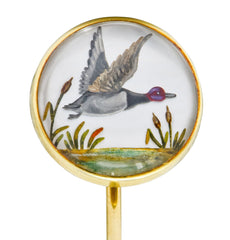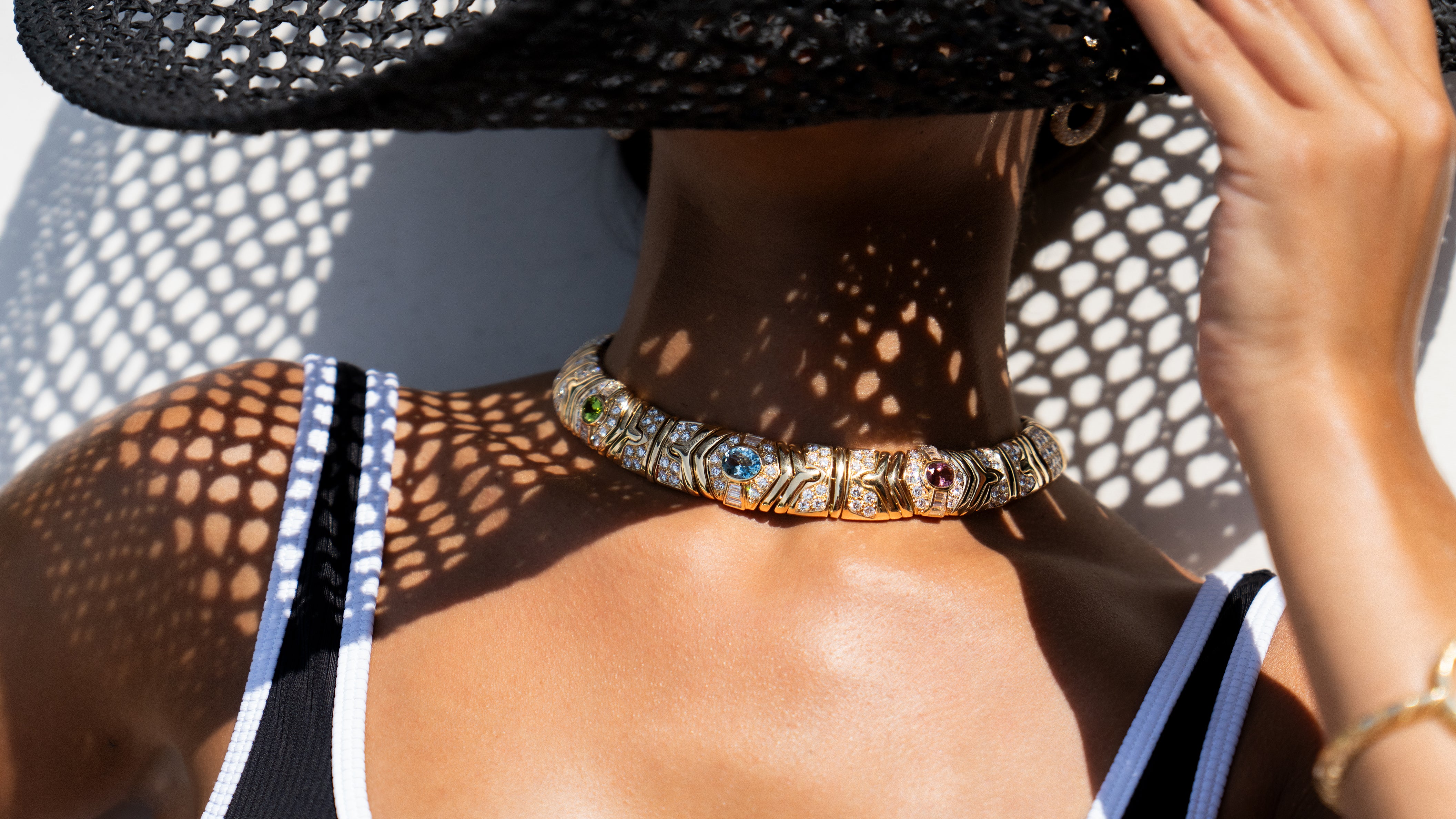Marcus & Co.
The American jewelry brand Marcus & Co. is best known for its Art Nouveau pieces.
Some Background History
Herman Marcus, after leaving the prestigious Tiffany & Co. went into partnership with Theodore B. Starr.
After forming Starr & Marcus, Herman Marcus started selling bronzes, clocks, household ornaments, medals and silverware as well as jewelry. The firm dissolved in 1877 and Herman Marcus returned to Tiffany & Co. He departed again in 1884 to join the firm of Jaques and Marcus where his son William was a partner.
In 1882, Jaques and William Marcus published information about gems that had historically been overlooked in the jewelry industry. They began working with zircons, chrysoberyls, tourmalines, opals, garnets, beryls, spinels and peridots, gaining recognition for these innovations.

The New Era Of Marcus & Co.
As soon as George Jacques retired from the firm (1892) it was renamed Marcus and Company. After Marcus’ death in 1899, his two sons William and George moved Marcus & Co. to 544 Fifth Avenue, New York.
At this time the firm offered a variety of Revivalist and Mughal style pieces. Additionally, they were one of the first firms to feature plique-a-jour enameling which was a popular trend in Art Nouveau jewelry.

Despite the retirement of William Marcus in 1920, he remained president of the board until his death five years later. The company's standards did not falter . They continued advertising in fashion magazines and publishing books on gemstones, insuring the legacy of their founders.
Browse our Marcus & Co. Collection

